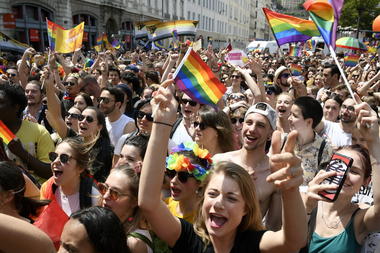
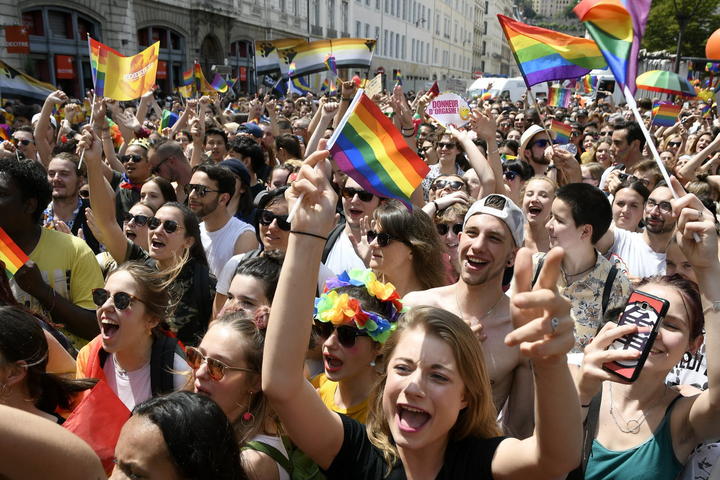
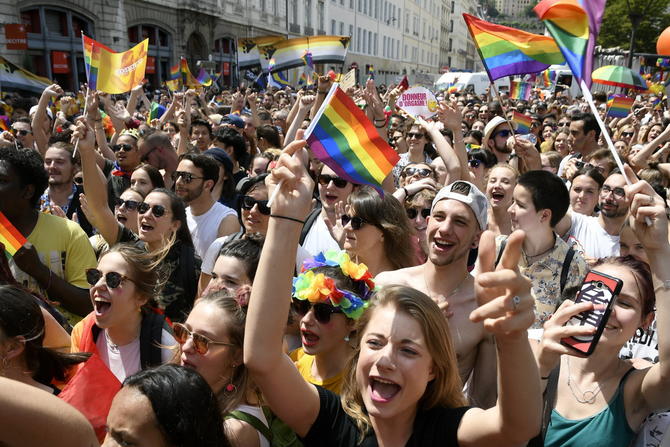
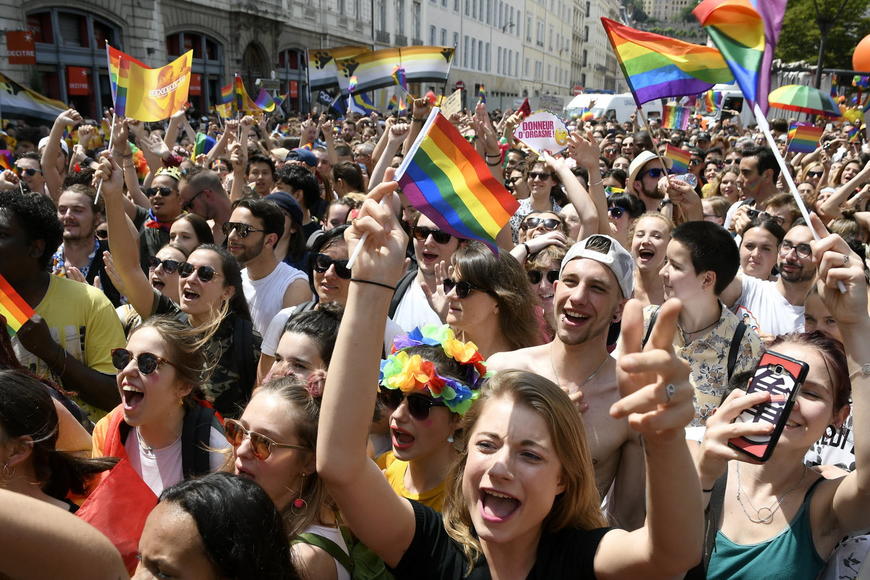
The LGBT Pride Movement is a global social and political movement that advocates for the rights, acceptance, and equal treatment of lesbian, gay, bisexual, and transgender individuals. It emerged as a response to the discrimination and oppression faced by these communities, aiming to raise awareness, promote understanding, and foster an inclusive society. This article delves into the origins of the LGBT Pride Movement, its milestones, and the recent developments as of 2023.
Origins of the LGBT Pride Movement
The roots of the LGBT Pride Movement can be traced back to the early 20th century, although its formation as a cohesive movement gained momentum during the late 1960s and early 1970s. Before this period, homosexuality was widely stigmatized and even criminalized in many countries. People who identified as LGBTQ+ were often subjected to harassment, discrimination, and violence.
One pivotal event in the history of the movement was the Stonewall Uprising that occurred on June 28, 1969, in New York City's Greenwich Village. Following a police raid on the Stonewall Inn, a popular LGBTQ+ gathering spot, patrons and activists fought back against the police, leading to several days of protests and demonstrations. The uprising galvanized the LGBTQ+ community and marked a turning point in their struggle for civil rights.
Evolution of the LGBT Pride Movement
In the aftermath of the Stonewall Uprising, various LGBTQ+ rights organizations started to emerge across the United States and around the world. Activists organized rallies, marches, and protests to demand recognition, equality, and an end to discriminatory practices. The movement was not only focused on legal reforms but also aimed to change societal attitudes towards the LGBTQ+ community.
In 1970, the first-ever LGBT Pride parades were held in several cities to commemorate the one-year anniversary of the Stonewall Uprising. These parades provided LGBTQ+ individuals with a platform to openly express their identities, foster solidarity, and gain visibility. Over the years, the annual Pride parades have grown significantly, attracting millions of participants from diverse backgrounds, thereby becoming an essential part of the movement
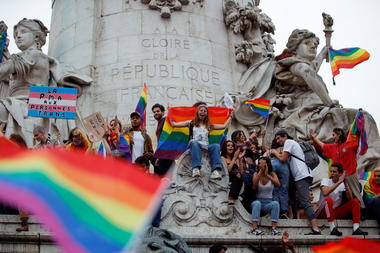
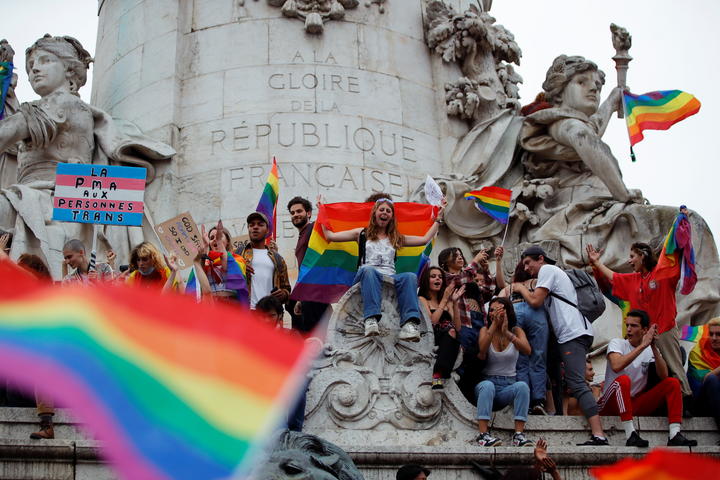
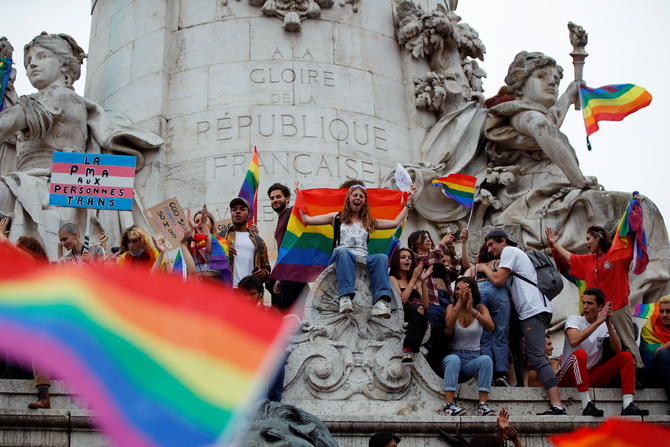

Key Milestones of the LGBT Pride Movement
3.1 Decriminalization of Homosexuality
In the early stages of the LGBT Pride Movement, one of the primary goals was to decriminalize homosexuality. The movement's efforts led to a gradual change in laws across various countries, resulting in the decriminalization of consensual same-sex relationships.
3.2 Recognition of Same-Sex Relationships
Another critical milestone was the recognition of same-sex relationships. In some countries, LGBTQ+ activists fought for and achieved the legalization of same-sex marriage, granting same-sex couples the same rights and privileges as heterosexual couples.
3.3 Anti-Discrimination Protections
The LGBT Pride Movement has also focused on pushing for anti-discrimination protections in employment, housing, education, and public services. Advocates have fought to ensure that LGBTQ+ individuals are not discriminated against based on their sexual orientation or gender identity.
3.4 Progress in Healthcare
The movement has made strides in advocating for better healthcare for LGBTQ+ individuals. Activists have raised awareness about specific health issues faced by the community and have campaigned for LGBTQ+-inclusive healthcare policies.
3.5 Transgender Rights
The movement has increasingly focused on advocating for the rights of transgender individuals, including access to healthcare, legal recognition of gender identity, and protection against discrimination.
The LGBT Pride Movement in the Current Year (2023)
As of 2023, the LGBT Pride Movement continues to make significant progress globally. Some of the recent developments include:
4.1 Legislative Advances
Several countries have made legislative advances in favor of LGBTQ+ rights. In recent years, more nations have legalized same-sex marriage, extended anti-discrimination protections, and granted legal recognition to gender identity. These legal changes signify a growing acceptance of the LGBT community in many parts of the world.
4.2 Increased Visibility
The LGBT Pride Movement has gained unprecedented visibility through social media, mainstream media coverage, and high-profile public figures coming out. This visibility has helped in challenging stereotypes, debunking myths, and humanizing the experiences of LGBTQ+ individuals.
4.3 Corporate Support
An increasing number of companies and corporations have demonstrated support for the LGBT community by implementing inclusive policies, promoting diversity and inclusion in the workplace, and sponsoring Pride events. This corporate backing has played a crucial role in fostering acceptance and inclusivity.
4.4 Global Pride Events
Pride events have continued to expand globally, with celebrations taking place in various countries around the world. These events not only bring together LGBTQ+ communities but also attract allies and individuals who support the movement's principles.
Challenges and Ongoing Struggles
Despite the progress made by the LGBT Pride Movement, significant challenges and ongoing struggles persist:
5.1 Global Variance
LGBT rights vary significantly from country to country. While some nations have made significant strides, others still criminalize homosexuality and fail to provide adequate protections for LGBTQ+ individuals. This discrepancy highlights the need for continued advocacy and international support for human rights.
5.2 Discrimination and Violence
LGBTQ+ individuals continue to face discrimination, harassment, and violence in many parts of the world. Hate crimes against the community remain a pressing concern that necessitates comprehensive legal and societal reforms.
5.3 Transgender Rights and Visibility
Transgender rights and visibility have become an important focus for the movement, but the transgender community still faces unique challenges, including lack of legal recognition, healthcare disparities, and higher rates of violence and discrimination.
5.4 Conversion Therapy
Conversion therapy, a harmful and discredited practice aimed at changing an individual's sexual orientation or gender identity, continues to be a serious issue in some regions. Banning this harmful practice remains a priority for LGBTQ+ advocates.
Conclusion
The LGBT Pride Movement has come a long way since its inception, achieving significant milestones in the fight for equal rights and recognition. The movement's progress in recent years, including legislative advances, increased visibility, and corporate support, demonstrates the growing acceptance and understanding of the LGBTQ+ community.
However, challenges persist, and the fight for full equality and acceptance is far from over. The movement must continue to advocate for the rights of all LGBTQ+ individuals, including those from marginalized communities, and address global disparities in LGBT rights.
As allies and advocates, it is essential to support the LGBT Pride Movement, promote inclusivity, and work towards building a world where all individuals can live authentically and without fear of discrimination or violence based on their sexual orientation or gender identity. Only through continued efforts and solidarity can we create a more just and inclusive society for everyone.